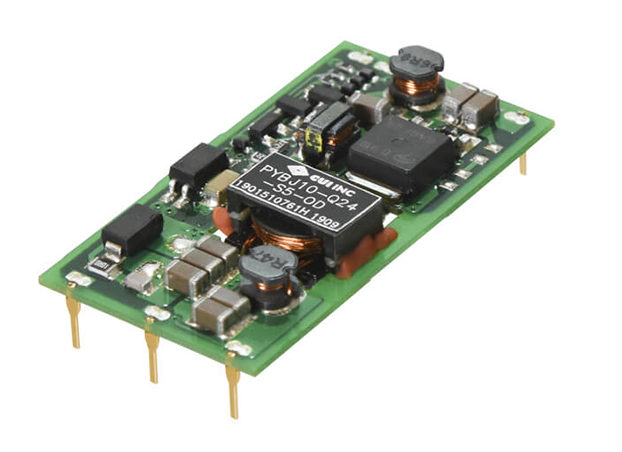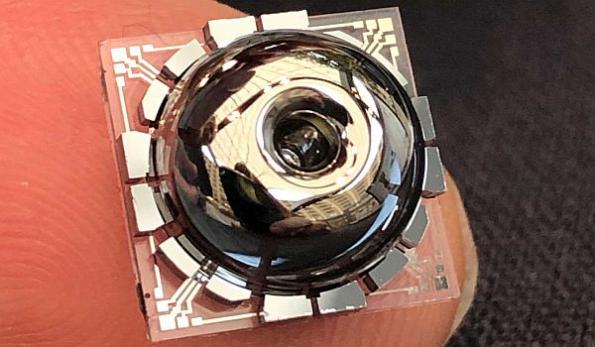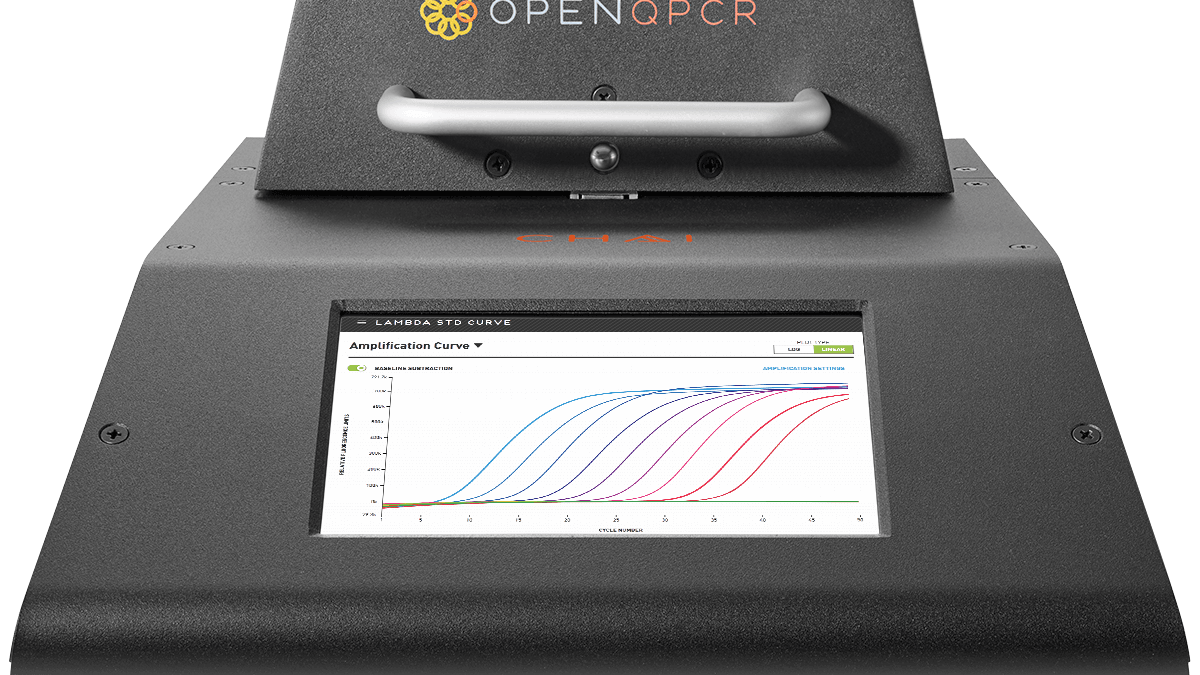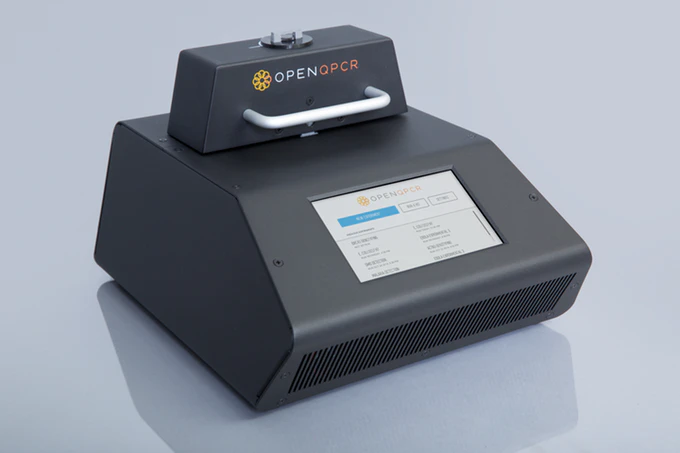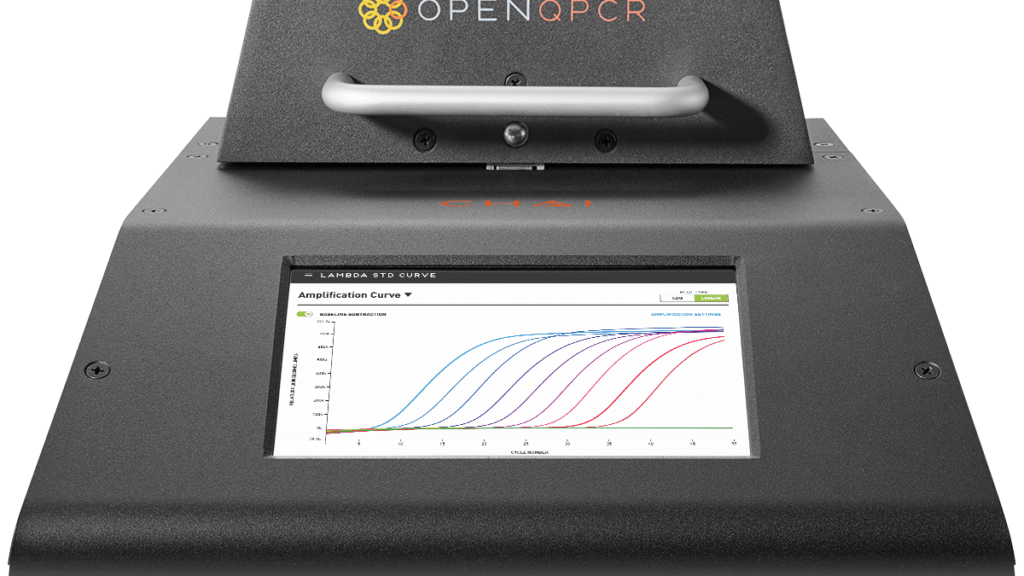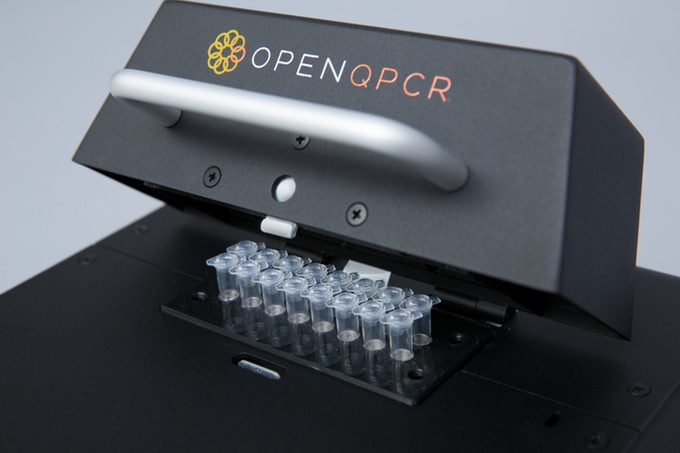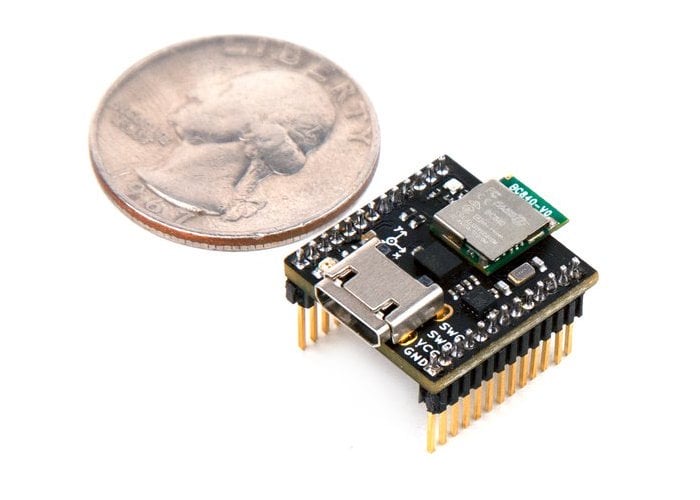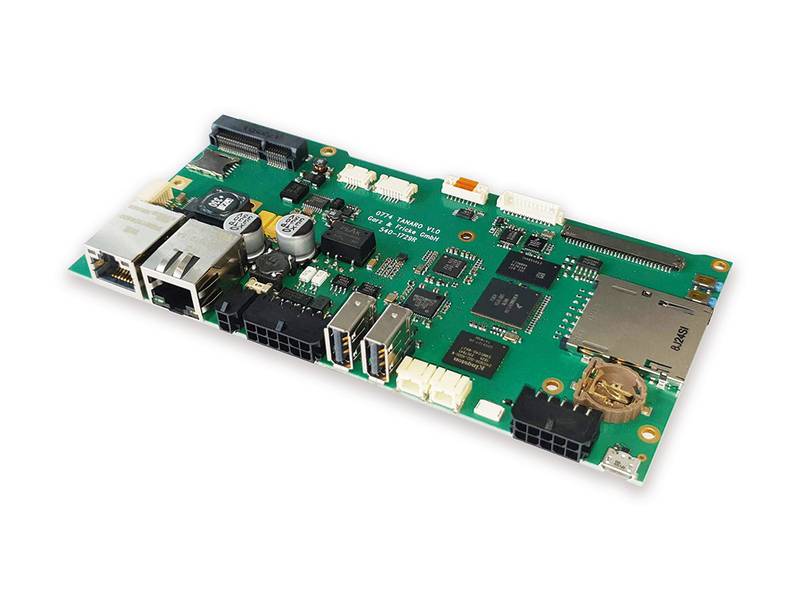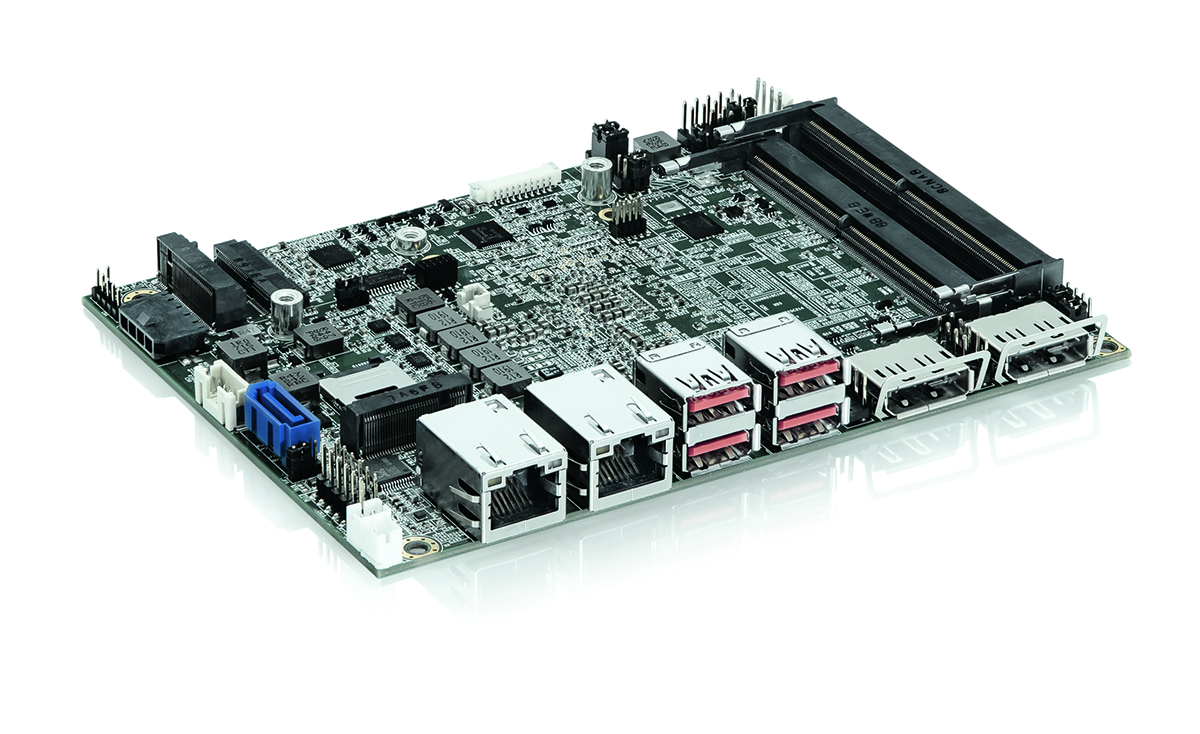
Higher WLAN speed thanks to Intel® Integrated Connectivity (CNVi) – available with 8th Gen. Intel® Core™ U-series or Celeron® processors
Kontron, a leading global provider of IoT/Embedded Computing Technology (ECT), introduces its 3.5″ SBC with the latest processor technology from Intel®. Due to the Triple Display Support and the support of numerous new interfaces, the updated embedded board is ideally suited for applications that place high demands on graphics and require fast WLAN. In addition, the low power consumption enables fanless designs. This opens up new options for IoT applications such as retail, banking, hospitality, education, industrial control and automation.
The new version provides up to 12 times higher WLAN speed than conventional devices, depending on the model, thanks to the Intel® Wireless Access Point, which is integrated in the M.2 Key E slot via the new Intel® CNVi interface. Further M.2 slots can be used to extend SSD memory via Key B and Key M, or to extend WWAN (via Key B, i.e. 3G, 4G or future 5G). Furthermore, the upgraded 3.5-inch board offers interfaces of the latest generation for fast data transfer between storage and mass storage as well as peripheral devices, which include NVMe SSD, DDR4, USB 3.1 and SATA III.
In addition to increased graphics performance, the board supports numerous interfaces, including two fast DDR4 SO-DIMM memory sockets for up to 64 GBytes, a high-speed SATA 3.0 socket and M.2 expansion slots. It offers advanced connectivity through two Gigabit Ethernet interfaces, four USB 3.1 (front panel), four USB 2.0 (via headers), two RS232/422/485 for USB and Serial Device Connection, as well as 8-bit DIO for device and signal control. The Realtek ALC662 audio codec offers audio via 2 speaker out as well as one line-in, line-out and mic-in via headers.
Graphics features include support for 4K Ultra Definition Video, 1x LVDS and 2x DP++ for Triple Display support through Intel® UHD Graphics 620 / 610 GPU, including HDMI and DVI support without active adapter.
Kontron customers can choose between four different processors: Intel® Core™ i7-8665UE (Quad Core, 8M Cache, up to 4.4 GHz, FCBGA1528, 15 W TDP), Intel® Core™ i5-8365UE (Quad Core, 6M Cache, up to 4.1 GHz, FCBGA1528, 15 W TDP), Intel® Core™ i3-8145UE (Dual Core, 4M Cache, up to 3.9 GHz, FCBGA1528, 15 W TDP) or Intel® Celeron® 4305UE (Dual Core, 2M Cache, 2.00 GHz, FCBGA1528, 15 W TDP).
An integrated Trusted Platform Module (TPM) Version 2.0 increases the security of end devices. The SBC will be available from end of March 2020.
For more information, please visit: https://www.kontron.com/products/boards-and-standard-form-factors/single-board-computer/3.5–sbc-wlu.html

